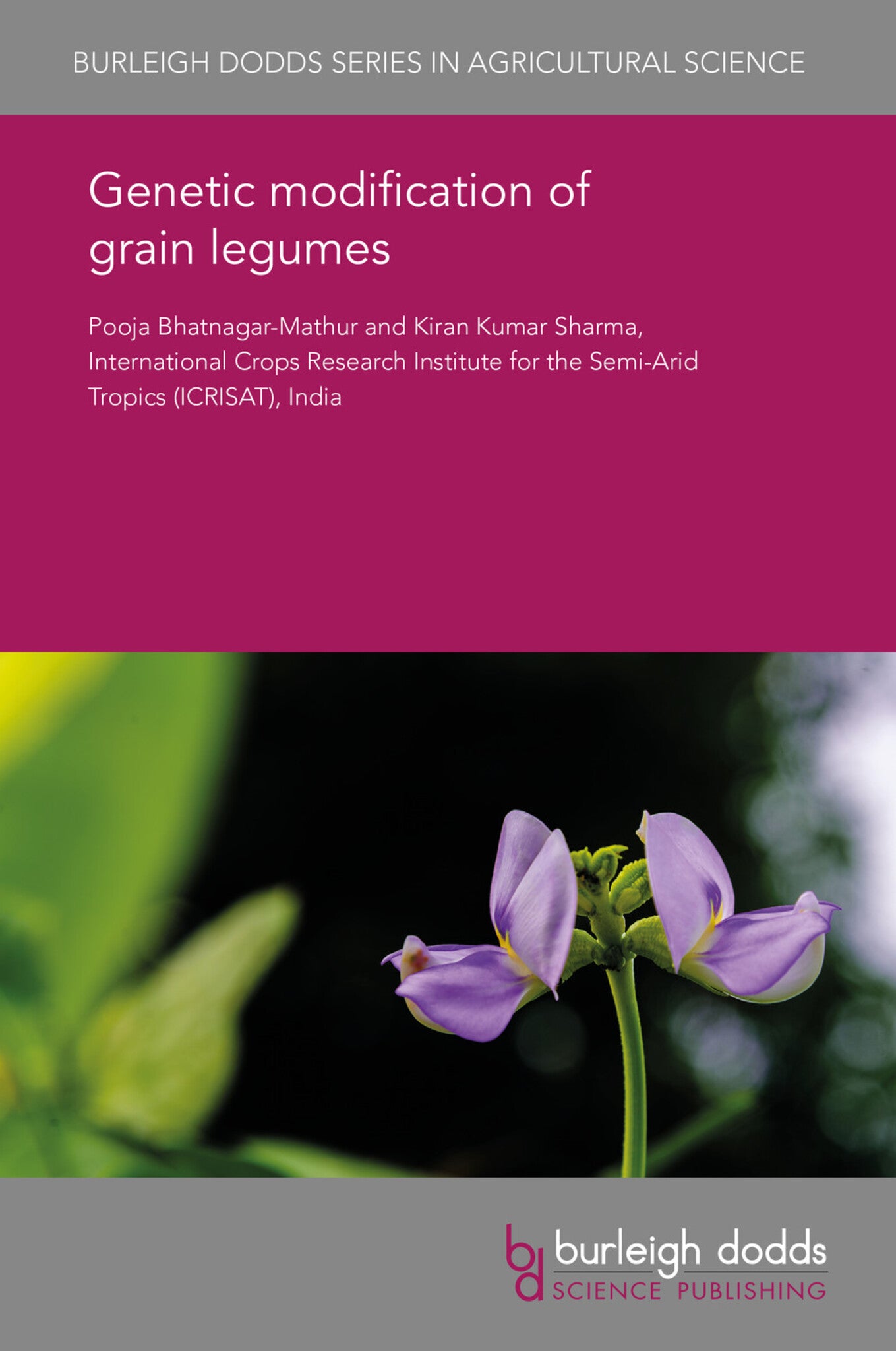We're sorry. An error has occurred
Please cancel or retry.
Genetic modification of grain legumes

Some error occured while loading the Quick View. Please close the Quick View and try reloading the page.
Couldn't load pickup availability
- Format:
-
12 March 2018


TECHNOLOGY & ENGINEERING / Agriculture / Sustainable Agriculture, Agronomy and crop production, TECHNOLOGY & ENGINEERING / Agriculture / Tropical Agriculture, TECHNOLOGY & ENGINEERING / Agriculture / Agronomy / General, Botany and plant sciences, Sustainable agriculture, Tropical agriculture

1 Introduction 2 Genetic engineering of grain legumes 3 Genetic engineering of chickpea 4 Genetic engineering of pigeonpea 5 Genetic engineering of cowpea 6 Genetic engineering of lentil 7 Genetic engineering of pea (Pisum sativum) 8 Genetic engineering of peanut 9 Genetic engineering of other grain legumes: tepary bean, Vigna species and faba bean 10 Challenges in the commercialization of genetically engineered grain legumes 11 Conclusion 12 Future trends 13 Where to look for further information 14 References



